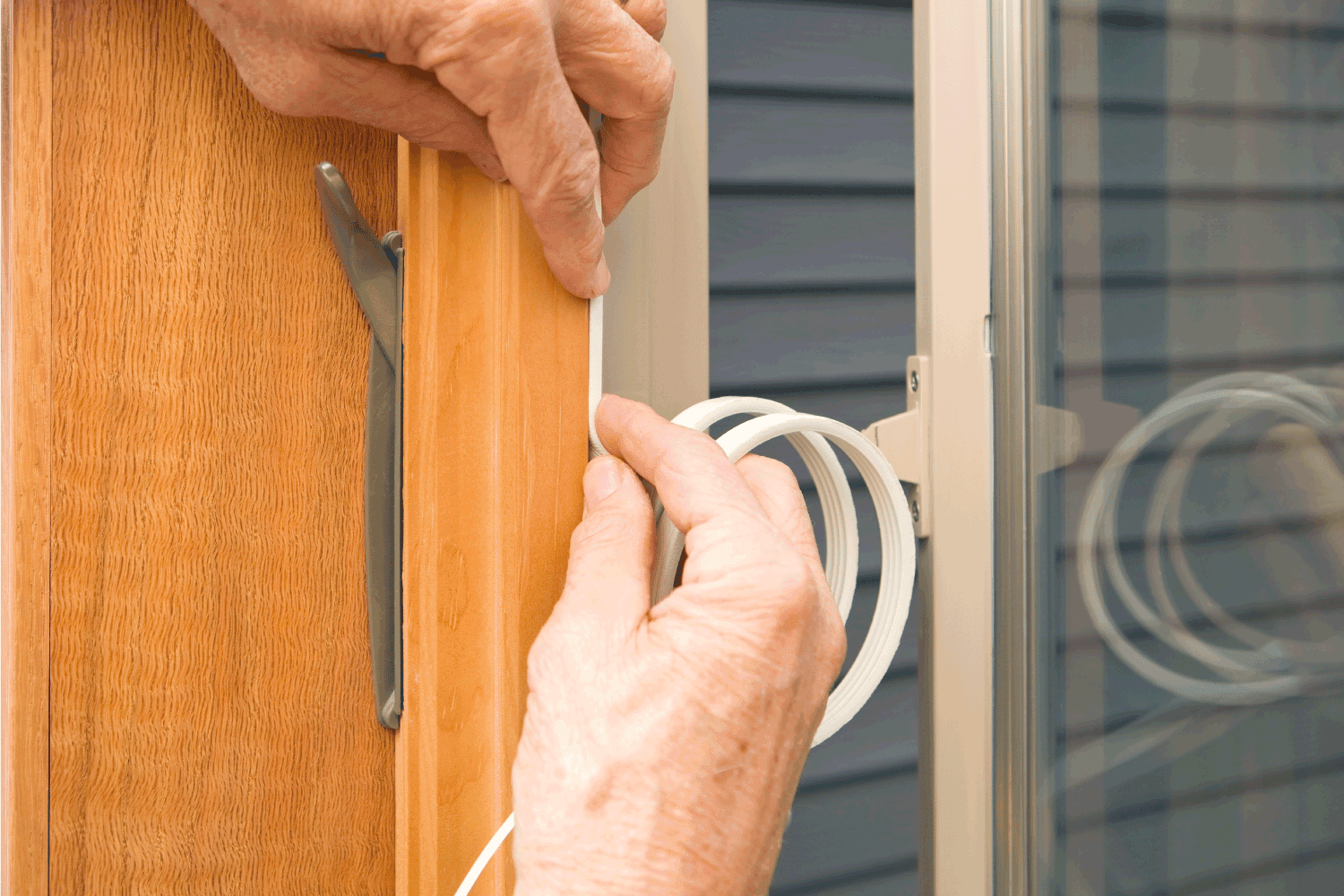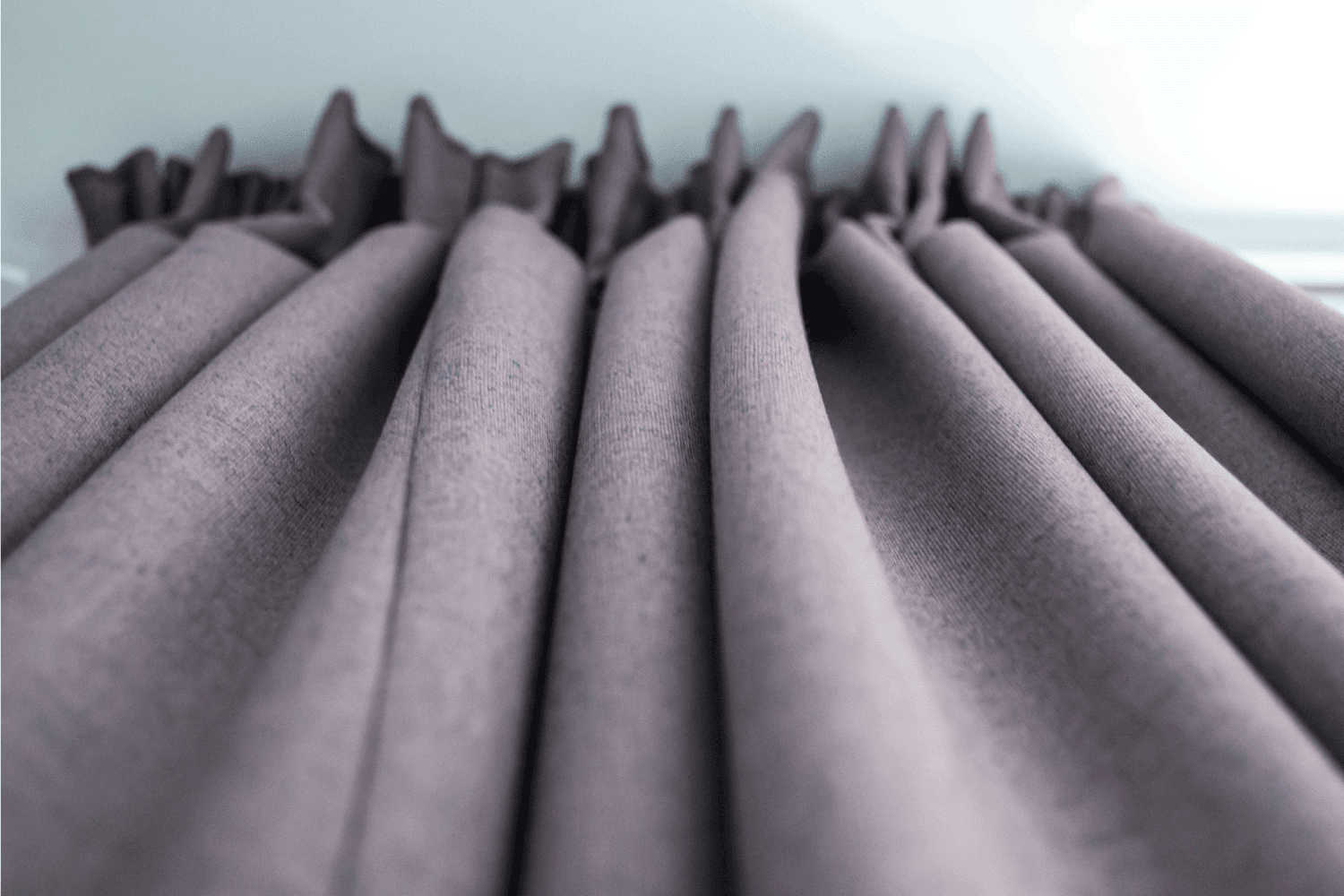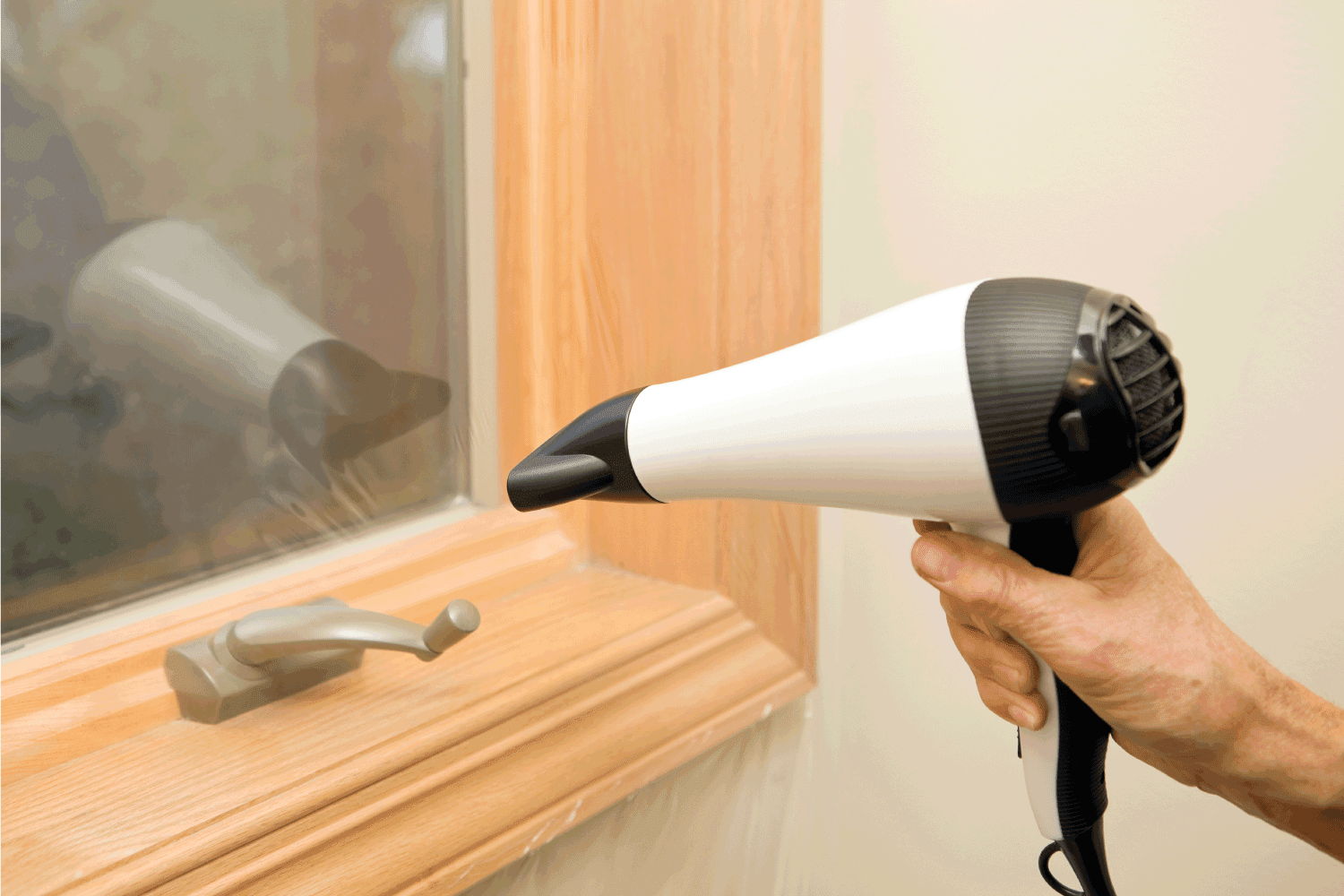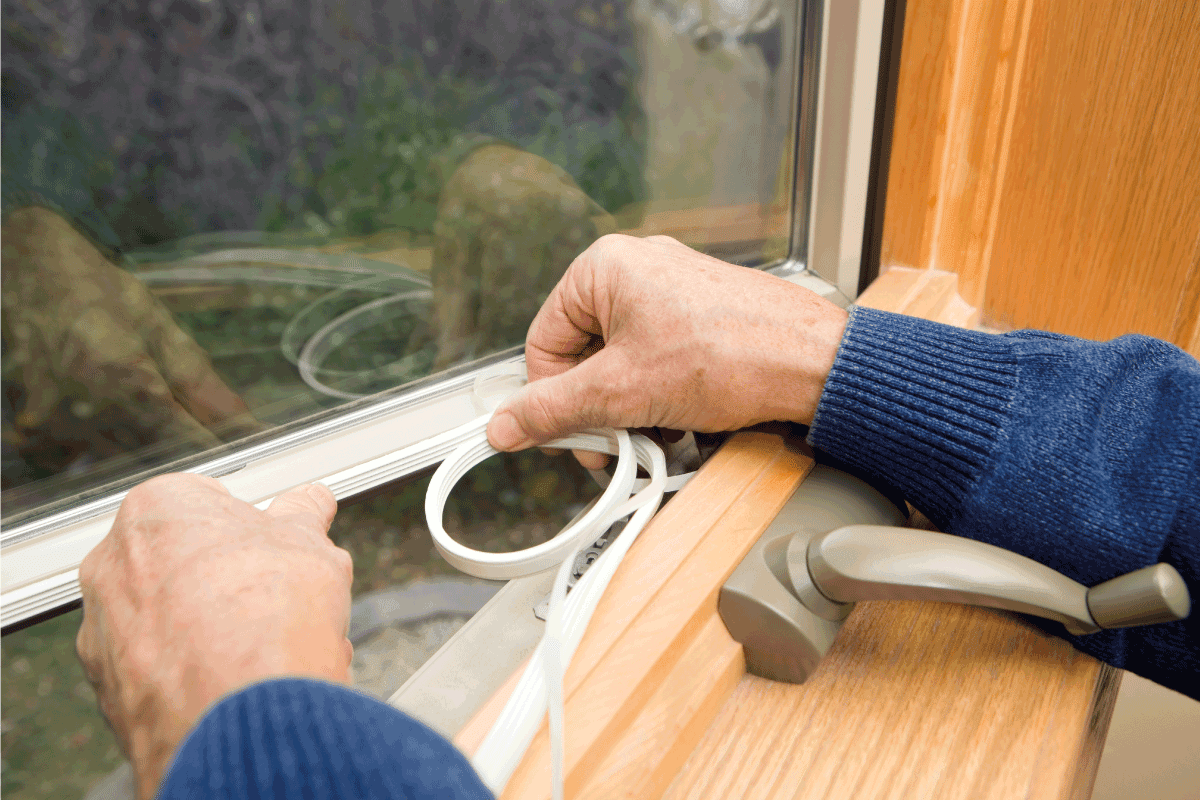Are you having problems with interior heat leaking through your windows? If you want to know how to minimize or stop heat from escaping through your windows, then you’ve come to the right place, for we have researched this question, and we have the answer for you.
Insulating your windows is the best way to prevent heat loss. The window frame and trim should be free of any air leaks to prevent warm air from escaping.
Learn about the different ways to insulate your window in the succeeding sections. Read on!

How to get rid of air leaks in windows?
Air leaks in windows cause families to spend up to 30% more on cooling and heating.
An air leak is the mass of air that freely passes through cracks and openings in the window assembly. It also represents the total amount of air that gets in through the window frame because of improper installation and a failure of sealing techniques.
Air leaks are not only a threat to your heating bill. It is also a threat to your insulation and to your home. An air leak can let in moist air, which reduces the effectiveness of your insulation. Additionally, moist air can cause mold, mildew, and wood rot to develop inside your house.
The first thing that you should do to improve windows is to seal these air leaks.
Looking For Air Leaks In Windows
The air movement through the window frame and the sides can easily be detected using incense. You can also use a lit candle. Move the incense slowly around the window frame. When you see the smoke move erratically or move in a specific direction, that means there is an air leak in that area of the window.
Use chalk to mark the air leaks that you find so you can easily find them again later, even without the incense. Do the same test to look for air leaks in all your windows.

Sealing Air Leaks
Seal small leaks with caulk. You can choose a paintable caulk so you can paint it later with a color that matches your window or wall.
Fill larger leaks with a gap filler first. A gap filler is a rope-like foam that can be bought in rolls and comes in different sizes.
See this 5/8" filler rope on Amazon.
Once you’ve filled the large gap with a gap filler, you can caulk over the remaining space. Filling a large gap with caulk only can cause the caulk to shrink and crack.
Hairline cracks that let air in can be sealed with transparent nail polish.
If your air leak comes from the edge of the window or from the space between the window sash and the frame, then the solution is weatherstripping. Replace old weatherstripping with a new one or install a fresh layer if your window doesn’t have one yet.
See this 1/2" x 1/4" weatherstrip on Amazon.
Check the glazing putty for cracks that let air in. Heat the old putty with a heat gun and scrape it off with a putty knife. Apply new glazing based on the manufacturer’s instructions.
Types of Heat Loss
The glass part of your window is a freeway for cold and warm air to get in and out of your house. If not insulated properly, windows can significantly increase your energy bills. Let’s talk about how heat moves so that we can better understand how to best insulate your windows.
Heat is gained and lost in three different ways through your window:
Heat Transfer Through Conduction
Heat transfer through conduction is the movement of heat from one object to another. This type of heat transfer requires that the two bodies should be in direct contact with each other.
A good example would be how heat moves from the frame that holds the glass of your window in place. If the frame is made of metal that easily absorbs heat, it will absorb heat and then transfer it to the glass of your window through conduction.
Heat transfer through conduction is not a big factor in losing heat from inside your house. Although, it is something to consider during the warm months.
Heat Transfer Through Convection
Heat transfer through convection is the movement of heat between a solid surface and a liquid or a gas medium. This type of heat transfer requires the movement of the gas or liquid.
Cold wind from outside of your house will remove heat from the surface of your window through convection. This will cause heat loss because the heat coming from inside the house will move to your window, and the cold wind outside your house will constantly take the heat away.
Anything you install on your window—like an air conditioner—can be a channel for heat moving from inside your house to the outside of your house. The movement of warm air inside your house can transfer heat to the metal parts of your air conditioner, then the flow of cold air outside your house can easily take it away.
Heat Transfer Through Radiation
Heat transfer through radiation involves the movement of heat from a warmer object than the surrounding environment. Heat moves from the warm air inside your house to warm your windows, and your windows lose this heat to the outside through radiation.
How To Stop Heat Transfer Through Windows
Now that we understand how we lose heat through the windows of our homes, we can come up with effective ways to prevent this.

Thick Curtains
Thick curtains effectively stop heat transfer from the inside of your house through the window's faults. If you can stop heat from moving to your window, then you do not have to worry about losing it through radiation or convection to the outside of your house.
The thicker the curtains, the more effective at stopping heat transfer. There are even thermal curtains that are made of insulating materials that are effective in minimizing heat transfer without the additional weight or thickness.
Keep in mind that you should open your curtains during the day to let the sun in through your windows. The introduction of sunlight into your house during the daytime will help warm your house. Close the curtains once more as soon as dusk falls to allow your house to retain as much heat as it can during the evening.
Another advantage of thick curtains is that you can easily use this with the other solutions below and get the benefits of both.
NICETOWN thermal insulated curtains are available on Amazon. Check it out through this link.

Window Insulation Film
Window insulation films have two types. The first type prevents heat transfer through radiation, while the second type effectively prevents heat transfer through convection. The radiation type is effective during the summertime because it prevents sunlight's infrared rays from passing through your window.
See this heat blocking window film on Amazon.
On the other hand, a convection control window film serves as a barrier that improves the window's thermal conductivity. A lower thermal conductivity means that it is more effective at stopping heat transfer. You install a convection control window film on the window frame inside your house.
See Duck window film kit on Amazon.
You can use double-sided tape to attach the film to the frame. The double-sided tape must create a sealed perimeter. You can use the warm air from your hairdryer to eliminate any wrinkles on the film after you install it.
A convection control window film traps air between the film and the glass of your window. The trapped air improves the thermal conductivity of your window and prevents heat loss from inside your house to the window. The thermal conductivity of air is only 0.024 W/(m.K). The thermal conductivity of glass is more than 30 times higher at 0.8 W/(m.K).
Bubble Wrap
A cheap version of a convection control window film is bubble wrap.
You can tape a bubble wrap on the frame of your window (the bubble side facing your window) the same way as a convection control window film. The trapped air plus the air inside the bubble wrap will serve as the insulation for your window to prevent heat transfer. It may not be the most beautiful solution, but it works!
Duck bubble wrap is available on Amazon. Check it out through this link.
Replace Your Window
The most expensive solution is to replace your window with double-glazed windows.
A double-glazed window uses the same concept as the convection control window film and takes it a step further. Double glazed windows use two window panes to trap gas.
However, instead of using normal air, a double glazed window uses argon (thermal conductivity of argon is 0.016 W/(m.K)). Argon significantly improves the insulating properties of the window. Some manufacturers even use krypton gas (with thermal conductivity of only 0.00943 W/(m.K)).
In addition to double glazed windows, there are triple glazed and quadruple glazed windows that provide even more insulation.

Conclusion
There are many ways to prevent heat transfer through your windows. An effective heat transfer prevention can help save you money on your heating bills.
If you enjoyed reading this article, you might find the articles below equally enjoyable to read:






